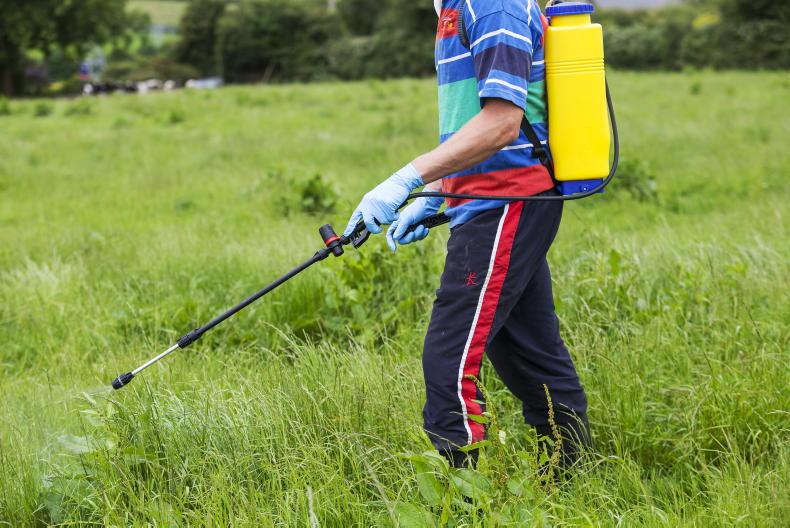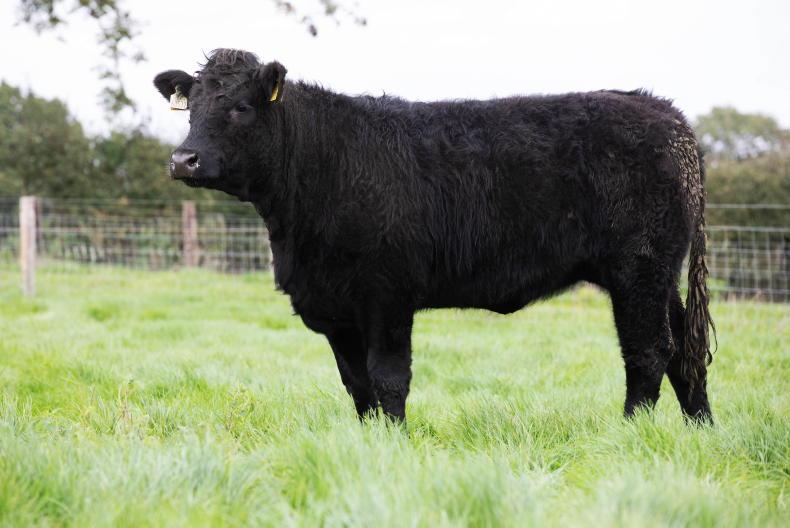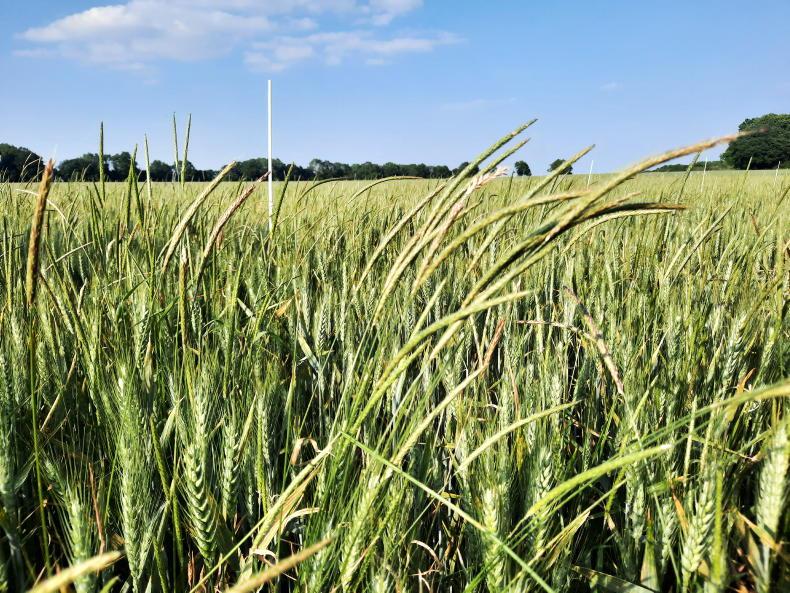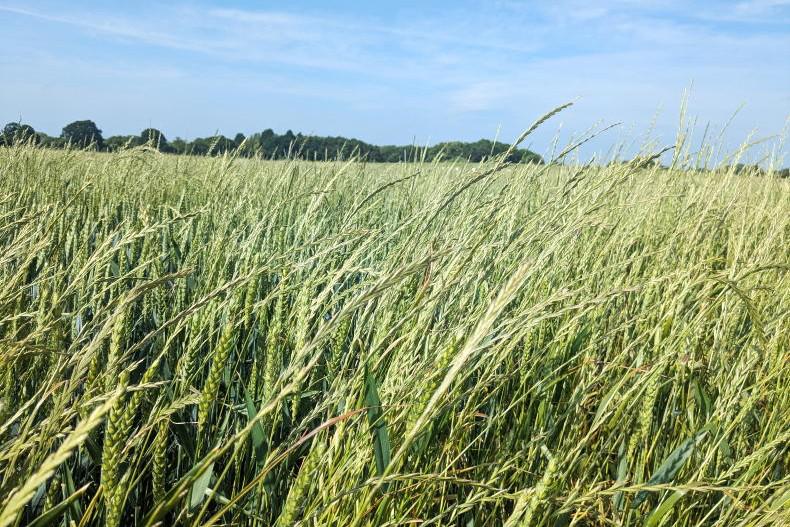The pressure on sheep margins, largely caused by an escalation in input costs, is likely to leave many farmers continuing to try to reduce costs by avoiding unnecessary spending or significant capital investments.
There has been a reduced focus on land maintenance and reseeding over the last year to 18 months. This is not surprising, but it is also important to prioritise certain tasks so that production potential is not compromised.
The recent dry spell is opening up the opportunity for field work on more marginal lands, while the poor grass growth rates heretofore has allowed weeds to become established in many grassland swards.
Addressing weed infestations in the coming weeks can deliver a significant lift in performance this season and in subsequent years.
The four worst offenders are generally docks, thistles and nettles - which are addressed in this article - as well as rushes.
Stage of growth
The optimum timing for treatment of weeds such as thistles, docks and nettles is what is known as the rosette stage.
For docks and nettles, this is when plants are at a height of about 150mm to 250mm or 6” to 10”.
The growth pattern of thistles is slightly different, in that leaves grow outwards quicker.
This allows greater potential to optimise spray coverage at a lower height, with the best time to control thistles recommended at approximately 200mm (about 8”) in height.
In addition to maximising spray coverage, weeds at this height will typically be growing at their most active. This will encourage chemicals to be taken in and transferred around the plant quicker.
If weeds have not reached this stage, then the advice is to delay treatment.
Time of application
It goes without saying that spraying should not take place on a windy day or where there is a risk of spray drifting. The optimum conditions are on a dull day.
Where this is not possible, then spraying early in the morning or late in the evening should be the target during periods of high daytime temperatures or sunny weather.
Where spraying is carried out while sunshine is strong, then water droplets falling on the leaves will act as a magnifying glass.
The sun’s rays can burn and damage the surface of the plant, which in turn can reduce the ability of the plant to absorb chemicals.
Herbicide choice
There are numerous herbicides on the market that are formulated to target one particular weed or a combination of weeds. It is important to consider your choice and select the weed that best addresses the greatest challenge.
There can be a temptation when spraying grassland swards to mix sprays, with the aim of covering a greater number of weeds than would otherwise have been possible with the one application.
Examples of this include mixing sprays that have a hormonal mode of action (such as MCPA, CMPP or 2.4-D) with sprays which have a systemic mode of action (such as Dockstar, Pastor, etc).
This is advised against, as sprays with a hormonal mode of action work quicker on the plant and begins to shut it down immediately.
As the plant begins to shut down, movement of the systemic herbicide that is fully translocated down to the roots will be limited and the herbicide will not get a chance to work into the root system. This will hamper the success of the treatment and risk your investment being lost.
Sprayer or weed licker?
A weed licker will generally not achieve as successful a kill as spraying.
The area of the plant which comes in contact with the herbicide will influence the success of the kill and this is usually best achieved by spraying.
Weed lickers are usually mainly used when weeds are at a set height above grass land. Weeds at this height are usually mature weeds or gone beyond the optimum stage recommended for treatment.
Treatment at this stage will bring about a limited kill and will generally not prevent weeds from re-emerging.
Non-target species
It is important to be mindful to the fact that sprays which target such weeds will also target other non-target plants which are delivering a biodiversity benefit.
It is for this reason that spraying is prohibited in parcels entered as extensively grazed pasture or low input grassland in ACRES.
The terms and conditions state that pesticides and herbicides are not permitted, except to spot treat or weed wipe to control noxious and invasive species.
Rushes can be controlled by topping, grazing or weed wiping/spot spraying. Boom spraying herbicides is not permitted.
Rush management must not take place until after 1 July and should be carried out in rotation, with no more than 50% of the field managed by topping or weed wiping/spot spraying in any one year.










SHARING OPTIONS